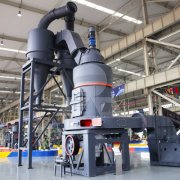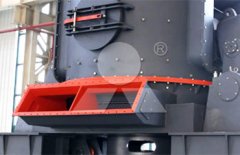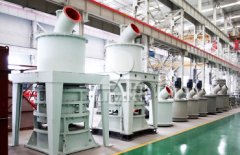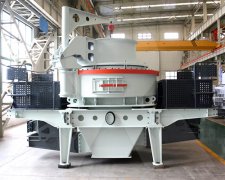Structural diagram and working principle of vertical mill
Vertical mill, also known as vertical mill, is a large-scale, high-yield and energy-saving grinding product that adopts new material bed grinding and partial external circulation technology, combined with the actual market situation, and is widely used in cement, building materials, metallurgy, and chemical industry. , non-metallic mines and other industries, here are detailed introductions about its structure, working principle, parameter models and prices.
The vertical mill integrates grinding, grading, drying and conveying. The process is simple. It can grind lumpy, granular and powdery raw materials into required powdery materials. It has a compact layout and a small footprint. Open-air layout reduces construction costs.
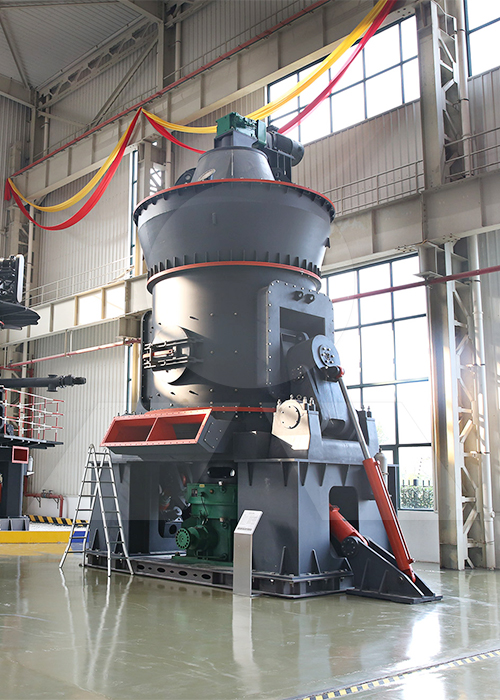
The structure of the vertical mill is mainly composed of the main engine, analyzer, fan, finished product cyclone separator, micro powder cyclone separator and air duct. composition.
Working principle of vertical mill:
The main motor drives the grinding disc to rotate through the reducer, and the fixed grinding roller rotates along the grinding disc raceway. The material falls from the discharge port to the center of the grinding disc, and under the action of centrifugal force, it moves from the center of the grinding disc to the edge at a constant speed. Being crushed by the grinding rollers, the grinding force is provided by the hydraulic loading system. The bulky materials are directly crushed, and the fine-grained materials are squeezed to form a material bed for intergranular crushing.
Drying and grinding are carried out at the same time. The primary hot air enters evenly around the grinding table through the air ring, and the pulverized materials that are tangentially thrown from the grinding table after grinding are dried and sent to the upper powder separator. Under the action of the rotor blades, Coarse particles return to the grinding table for grinding (internal circulation), and the qualified fine powder is milled together with the airflow, and is collected by the system powder collector, which is the finished product; and a small number of larger particles that are difficult to crush and cannot be blown by a single wind , Impurities, etc. fall through the air ring to the primary air chamber at the lower part of the mill and are discharged out of the machine by the scraping device, or enter the vertical mill through the feeding port through the conveying equipment for re-grinding (outer circulation).
Recommended news
- What are the characteristics of lm220m vertical mill
- Slag Micro Powder Vertical Mill Grinding Machine Equipment
- Shaanxi Provincial Vertical Mill Slag Powder
- Vertical Mills: Enhancing Efficiency and Productivity in Mining Operations
- Raymond Vertical Mills: Enhancing Grinding Efficiency and Performance
- From Coarse to Superfine: Comprehensive Grinding Solutions with the Vertical Mill

